At Uganda Car Rental Services, we understand that your vehicle is the cornerstone of your journey. Here’s a comprehensive guide to help you make an informed decision and ensure your safari is as smooth as it is spectacular.
1. Assess Your Itinerary and Destinations
Your travel plan is the most crucial factor in determining your vehicle needs.
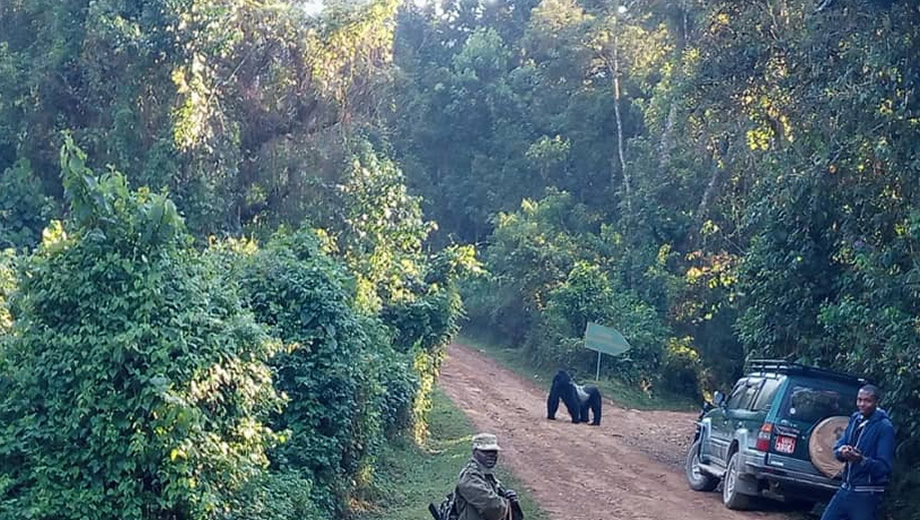
- Gorilla and Chimpanzee Trekking: If Bwindi Impenetrable or Mgahinga Gorilla National Parks are on your list, a robust 4×4 is non-negotiable. The roads leading to these parks, especially in the rainy season, can be challenging, requiring high ground clearance and reliable four-wheel drive capabilities.
- Northern Parks (Murchison Falls, Kidepo Valley): These parks often involve long stretches of dirt roads within the park and sometimes on the approach. While relatively flat, a 4×4 offers comfort and peace of mind against punctures and rough patches. Kidepo, in particular, benefits from a resilient vehicle.
- Western Parks (Queen Elizabeth, Lake Mburo): These parks generally have better internal road networks, but a 4×4 still provides a smoother ride and the ability to navigate trickier game tracks, especially after rain.
- Jinja and City Routes: If your trip primarily involves urban travel or short excursions to places like Jinja, a 2WD vehicle like a Toyota Rav4 might suffice, offering better fuel efficiency. However, if any off-road segments are planned, even short ones, a 4×4 is advisable.
2. Consider Your Group Size and Luggage
The number of people in your party and the amount of luggage you’ll carry directly impact the size of the vehicle you’ll need.
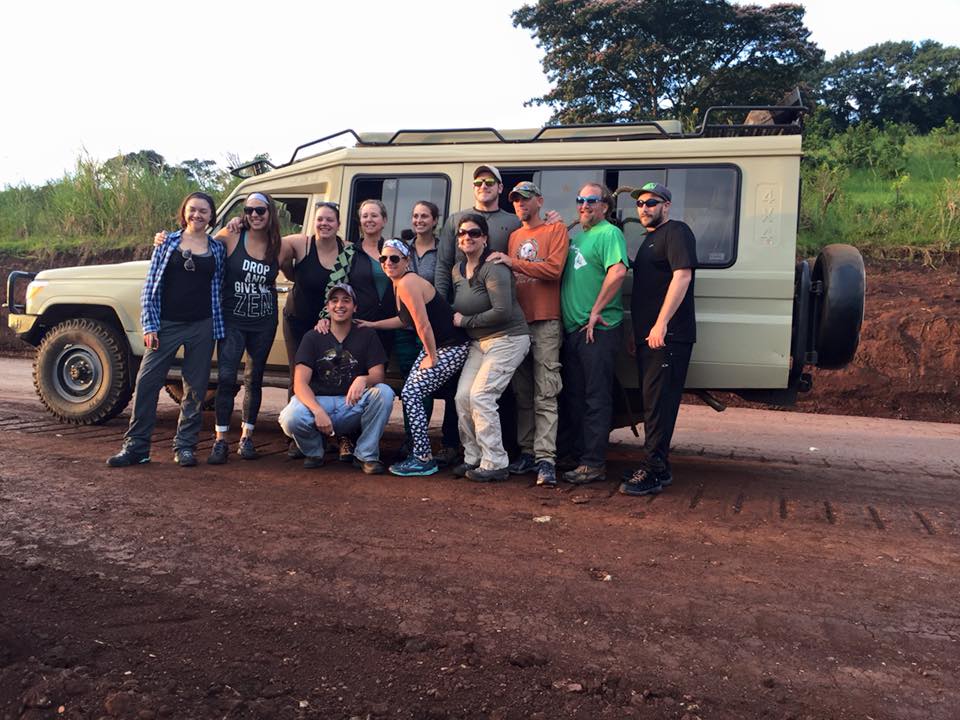
- Solo Traveler or Couple: A smaller 4×4 like a Toyota Rav4 or a compact SUV offers excellent fuel economy and maneuverability while still providing adequate space for two and their gear.
- Small Family (3-4 people): A mid-range 4×4 like a Toyota Land Cruiser Prado or a well-maintained Pajero provides ample space for passengers and luggage, ensuring comfort on longer journeys.
- Larger Groups (5+ people): For bigger families or groups of friends, a safari van (often a Toyota Hiace converted for safari with pop-up roof) or a larger Land Cruiser (e.g., V8 or Hardtop) with extra seating is essential. Ensure sufficient space for everyone’s bags, especially if you have camera equipment or camping gear.
3. Factor in Your Comfort and Driving Preferences
Your personal preferences for comfort and driving style should also play a role.
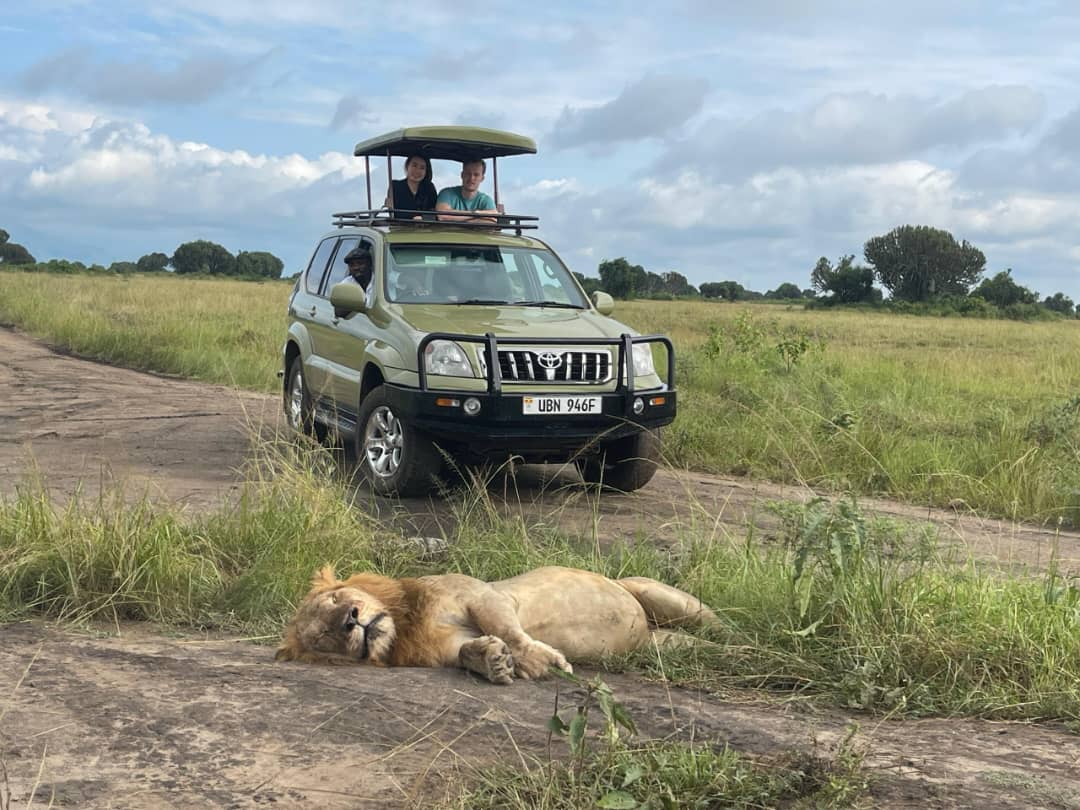
- Manual vs. Automatic: Most safari vehicles in Uganda are automatic, but specify if you have a strong preference. Automatic transmissions are generally easier for navigating varying terrain.
- Air Conditioning: Essential for comfort, especially during the dry season. Confirm the AC is fully functional before renting.
- Pop-up Roof: For wildlife viewing, a pop-up roof is a fantastic feature, allowing you to stand up for unobstructed panoramic views and photography. Many dedicated safari vehicles come with this.
- Camping Gear: If you plan on camping, consider a vehicle that can accommodate a rooftop tent or has ample interior space for ground tents and cooking equipment.
4. Prioritize Reliability and Support
This is arguably the most critical aspect of your choice. Breaking down in a remote national park is not an ideal safari experience.
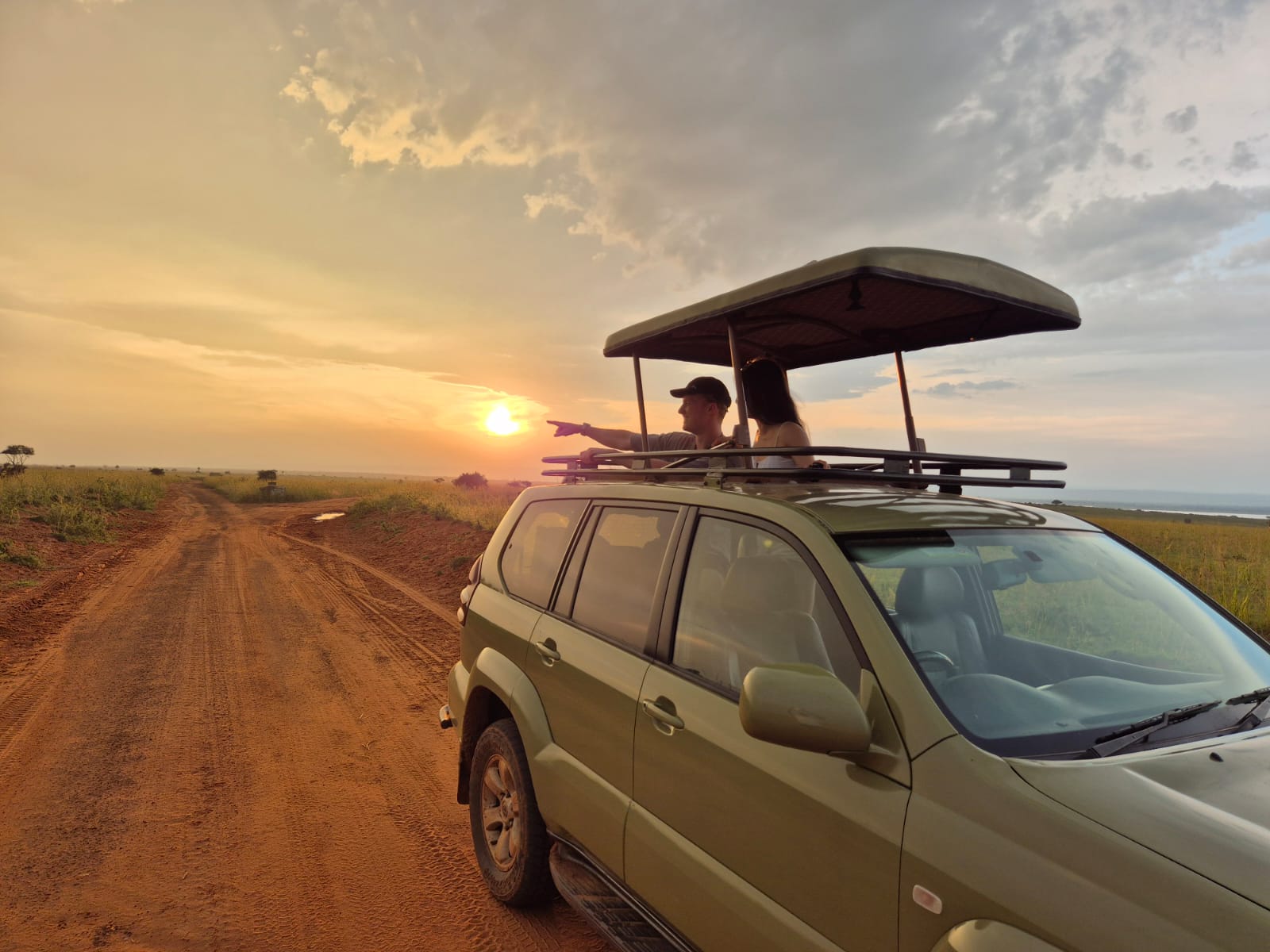
- Well-Maintained Fleet: Inquire about the age and maintenance history of the vehicles. Uganda Car Rental Services prides itself on a fleet of regularly serviced and robust vehicles, ensuring your safety and minimizing mechanical issues.
- 24/7 Roadside Assistance: Confirm what kind of support is offered in case of a breakdown or emergency. A reputable company will have a dedicated team ready to assist anywhere in the country.
- Insurance Coverage: Understand the insurance policy. What does it cover? Is there an excess? Comprehensive insurance is vital for peace of mind.
- Spare Tires and Tools: Ensure the vehicle comes with at least one, preferably two, functional spare tires, a jack, and a basic toolkit. Punctures are a common occurrence on Ugandan dirt roads.
- GPS and Communication: Ask if the rental includes a GPS device or if you can rent one. Having a local SIM card with data for navigation (e.g., Google Maps, Maps.me) is highly recommended.
5. Budget Considerations
While budget is always a factor, remember that choosing the cheapest option can sometimes lead to greater costs and frustrations down the road.
- Daily Rates: Compare prices, but also compare what’s included in those prices (e.g., mileage limits, insurance, driver option).
- Fuel Consumption: Larger 4x4s consume more fuel. Factor this into your overall budget, especially for longer journeys.
- Long-Term Discounts: If you’re renting for an extended period, inquire about potential long-term discounts.
Make Your Choice with Confidence
Choosing the perfect safari car rental in Uganda is a pivotal step towards an unforgettable adventure. By carefully considering your itinerary, group size, comfort needs, and prioritizing reliability, you can select a vehicle that perfectly complements your journey. At Uganda Car Rental Services, we are committed to providing robust, well-maintained 4x4s and exceptional customer service, ensuring your focus remains solely on the magic of Uganda. Get ready to hit the road and discover the Pearl of Africa at your own pace!
To book a 4×4 rental car for safari in Uganda this season, simply contact us now on by emailing to info@ugandacarrentalservices.com or call us now on +256-700135510 to speak with the reservations team.
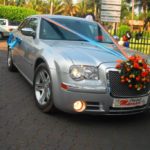
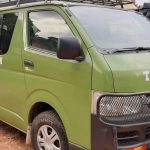
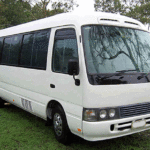
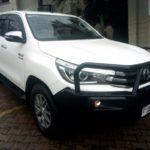
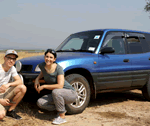
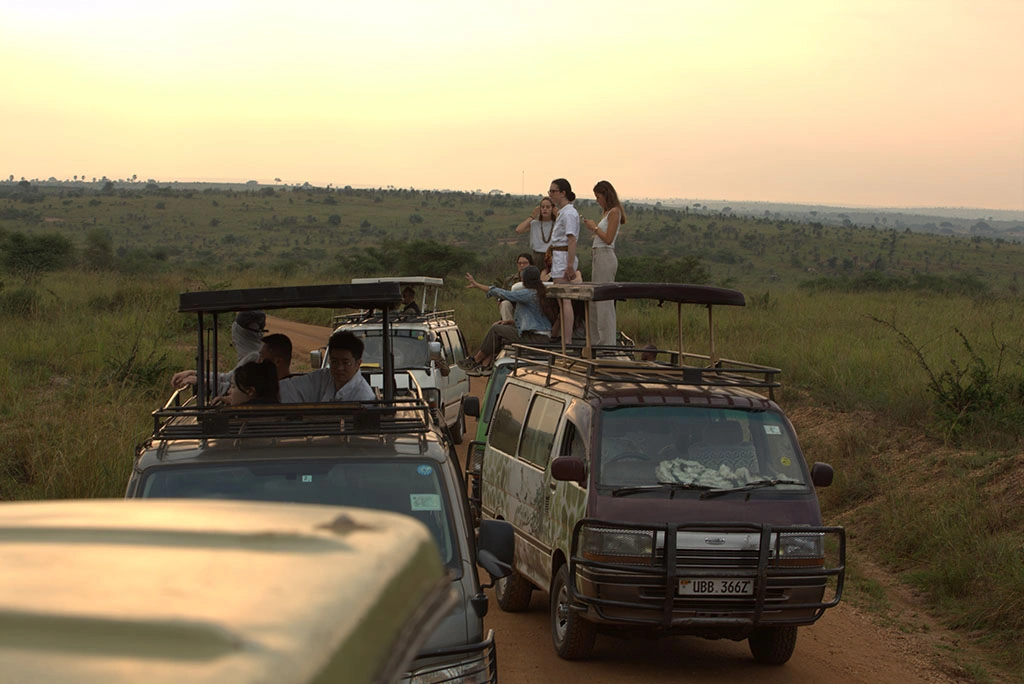
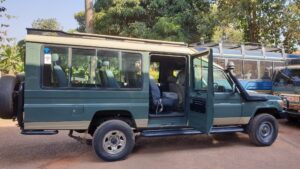
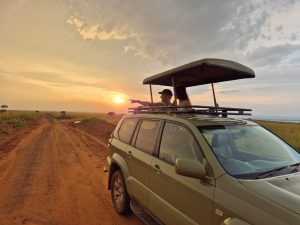
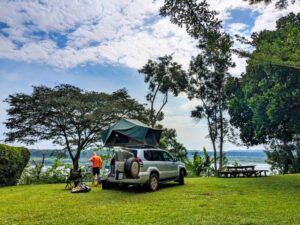
Related Articles
Best Time to Visit Uganda for Safaris: Month-by-Month Guide
Cheap Car Rental Uganda: Save Money Not Sacrificing Quality
The Best 4×4 Cars for Cross-Border Trips Across East Africa